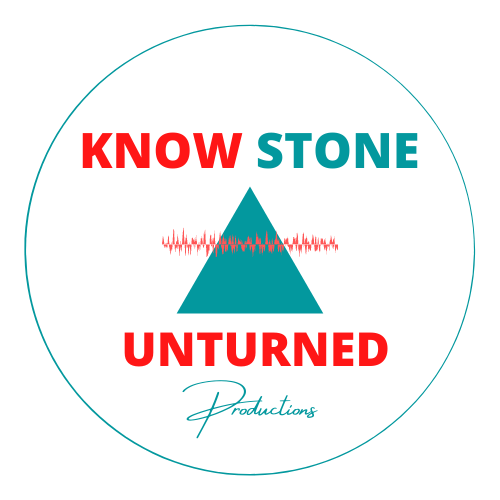There are so many reasons to start a garden. For us, growing food is as much about feeding ourselves and our family as it is about joy and curiosity, connection, empowerment, meditation, self-reliance, and resistance. We started trying to cultivate our own nutritious, organic food while living in New Mexico in 2016. Now in rural New Hampshire – five years, three gardens, and two climates later – we’re still growing, and of course, learning! This article chronicles how we built our gardens and provides resources for those in the early stages.
Once initiated, a garden takes on a life of its own. Memories are created each season tending the earth, savoring the fruits of our labor, and sharing the bounty with others. Seeds and soil remind us of our collective future and past, while the act of farming and gardening has the power to heal both people and the planet.
As an unsustainable industrial agriculture system continues to swallow up land worldwide, leading to deforestation, habitat loss, soil erosion, desertification, water pollution, land theft, exploitation, and countless other injustices, organic and regenerative gardening provide people with a way to combat climate change, sequester carbon, protect pollinators, embrace food sovereignty, and challenge the status quo.
Growing organically without the use of toxic pesticides, insecticides and fungicides has always been important to us, and even more so now that we are feeding two young children. We started by making some lasagna.
Squash, tomatoes, and green beans, oh my!
The Lasagna Method & Raised Beds
Just as a garden nourishes us, it also needs to be fed. That makes nurturing the soil an essential part of the process. Living soil is filled with earthworms and healthy microbes that digest plant material, turning dirt into a fertile bed for seeds. Soil can be created and revived by adding compost, minerals, and manure, and growing cover crops.
We’ve used the lasagna method, also known as sheet composting, to build soil in our raised beds. This technique layers compost, mulch and newspaper or cardboard to create heat that transforms the materials into healthy soil over time. The process of creating the garden bed takes only about a couple of hours, depending on the size.
The Recipe
Step 1. Place cardboard or newspaper as the first layer directly onto the ground to block weeds. We used brown cardboard and removed all plastic tape.
Step 2. Compost, mulch, and (in our case) bagged soil, are alternated in layers, like preparing a lasagna. Watering the bed as you layer helps the material begin to break down. We’ve used food scraps as raw compost, and sticks and leaves as mulch.
Step 3. Start planting!
The lasagna method using raw compost in our first raised bed (2018).
The lasagna method layering cardboard, sticks, leaves, and soil in raised beds (2021).
The Result
In our first year gardening in the Northeast, we purchased a large amount of soil to fill the bed so we could plant right away. In our second year, we added just one layer of store-bought soil to the top of the bed at the beginning of the growing season to refresh it after the long winter (over which we did nothing to the bed). In our third year, we didn’t need to add any soil, and by this time we saw an explosion in earthworm activity when we began planting in the spring.
After three years of harvesting food and memories, we moved and left our single garden bed behind. As we put down new roots, we are revisiting the process. This time, instead of using raw compost in our raised beds, we used sticks and leaves as mulch when creating our lasagna layers.
We’ve had success growing in raised beds over the years, but realize many gardeners and aspiring gardeners don’t have access to land. Container growing can be more suitable for apartment living or for those with limited outdoor space. While living in New Mexico, we grew food in 5-gallon buckets under a clear plastic tent with very little knowledge. At that time, gardening itself was simply a thrill, and we were gratified with whatever we produced.
Though this year we are laying the groundwork for our most ambitious garden yet, that sense of gratitude remains. As has become tradition, each spring we love to admire the sprouts shooting up from the earth and take the time to appreciate the daily growth as the season progresses; wonders we have been delighted to share with our son.
In the garden we have found a classroom that we hope will also teach our children: a place to learn and make mistakes, where we can be bold, creative, and also humble in witnessing the magic of nourishing our family from seeds that have evolved with humanity over generations.
Why do you garden? Let us know!
Find More Gardening Resources Here:
Container Gardening “Tiny Victory Gardens: Growing Food Without a Yard” a book by Acadia Tucker
USDA Plant Hardiness Zone Map for determining the plants most likely to thrive in your garden
Land Acknowledgement
Our garden is located on N’dakinna, which is the traditional ancestral homeland of the Abenaki, Pennacook and Wabanaki Peoples past and present. We acknowledge and honor with gratitude the land and waterways and the alnobak (people) who have stewarded N’dakinna throughout the generations.
Learn more about the Indigenous peoples of New Hampshire, past and present, here.
Whose land you are living, working, or growing on? Find out here.






















